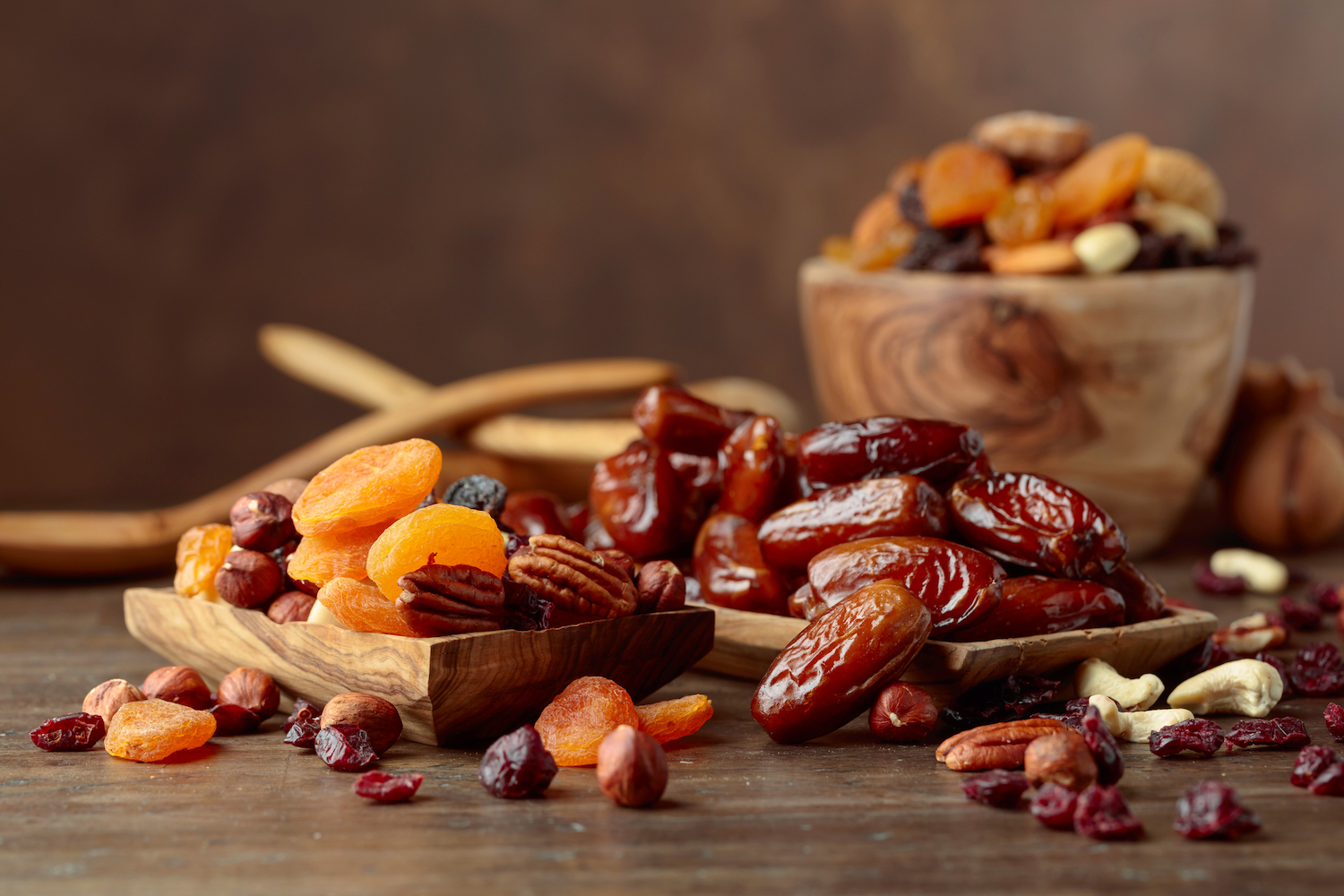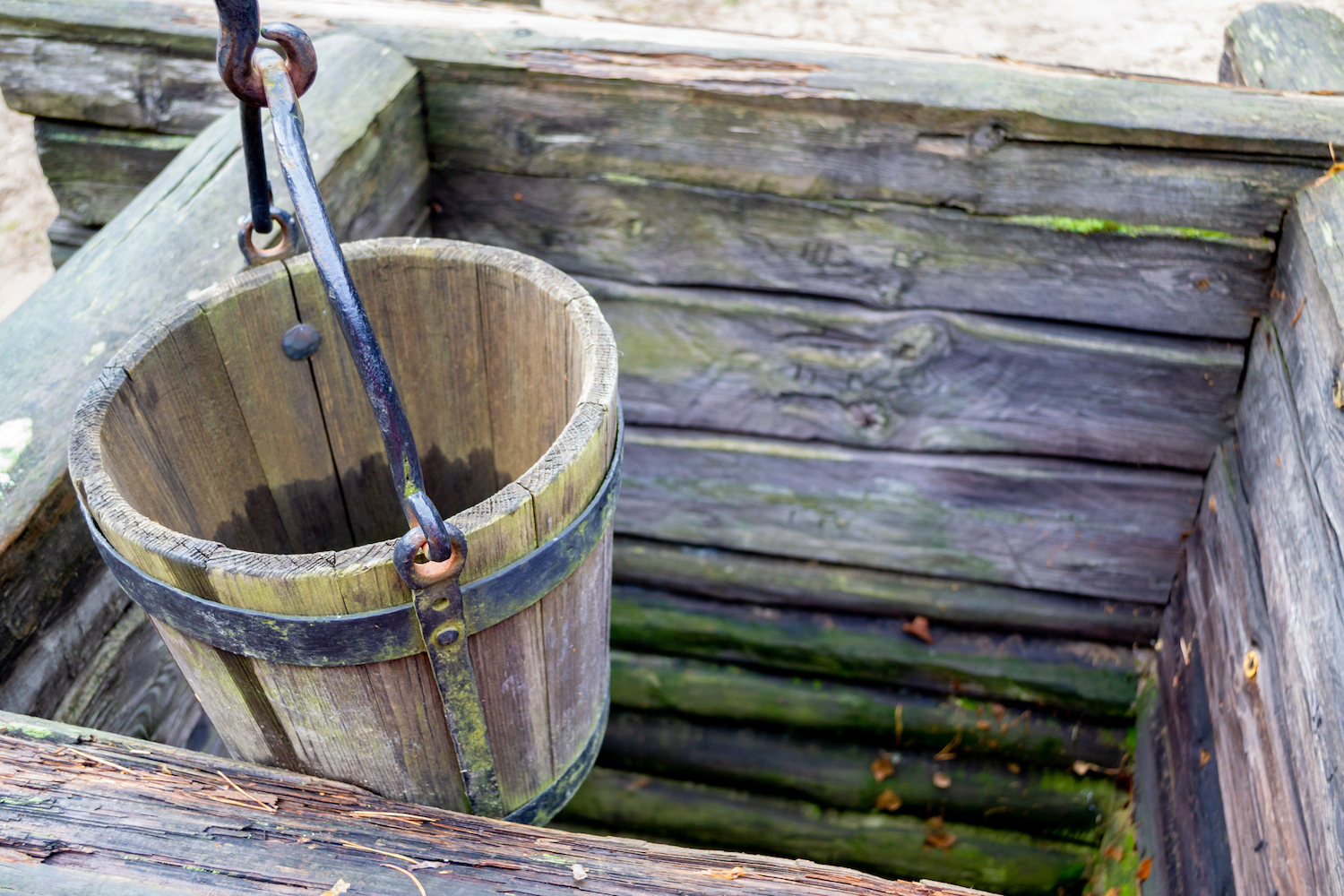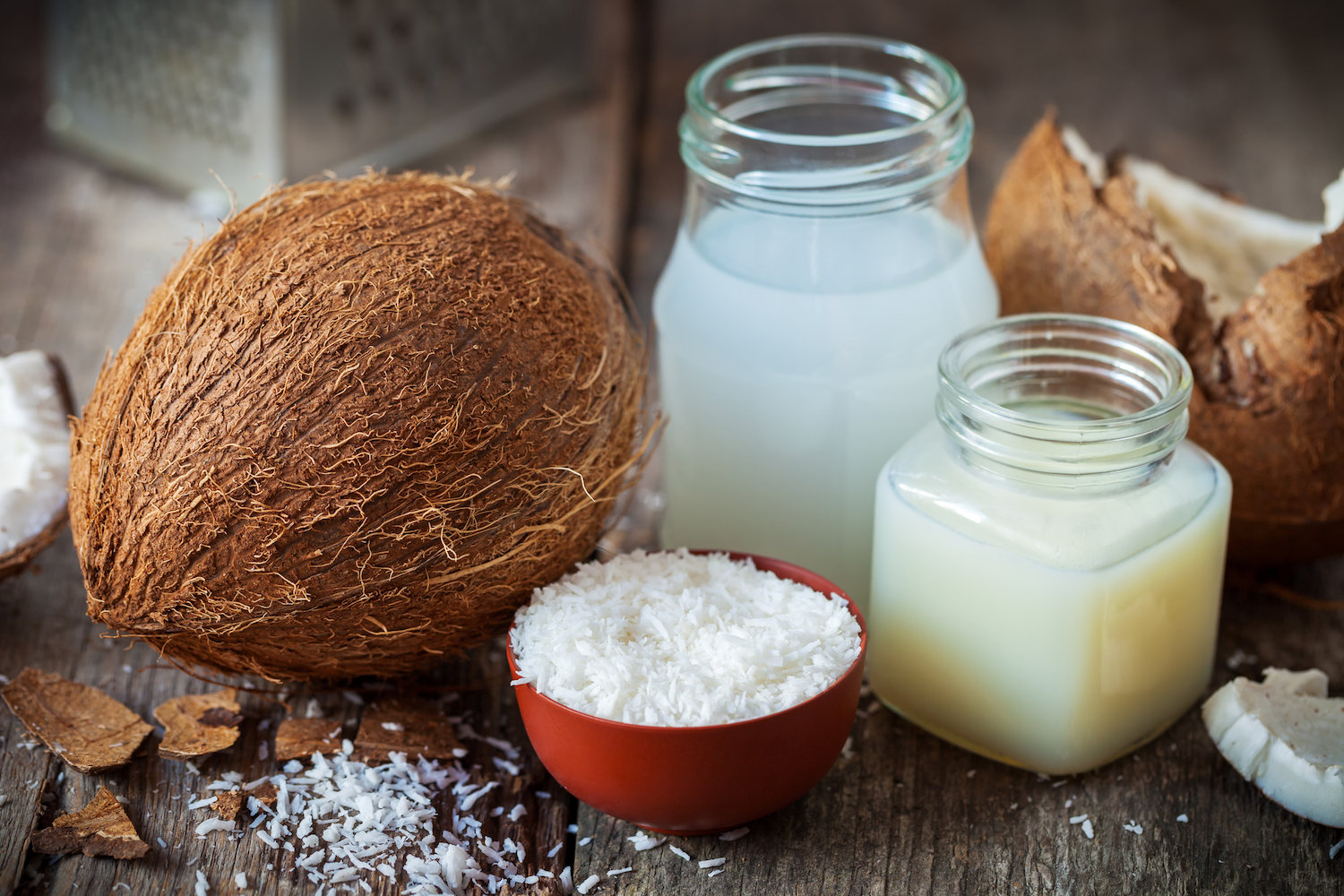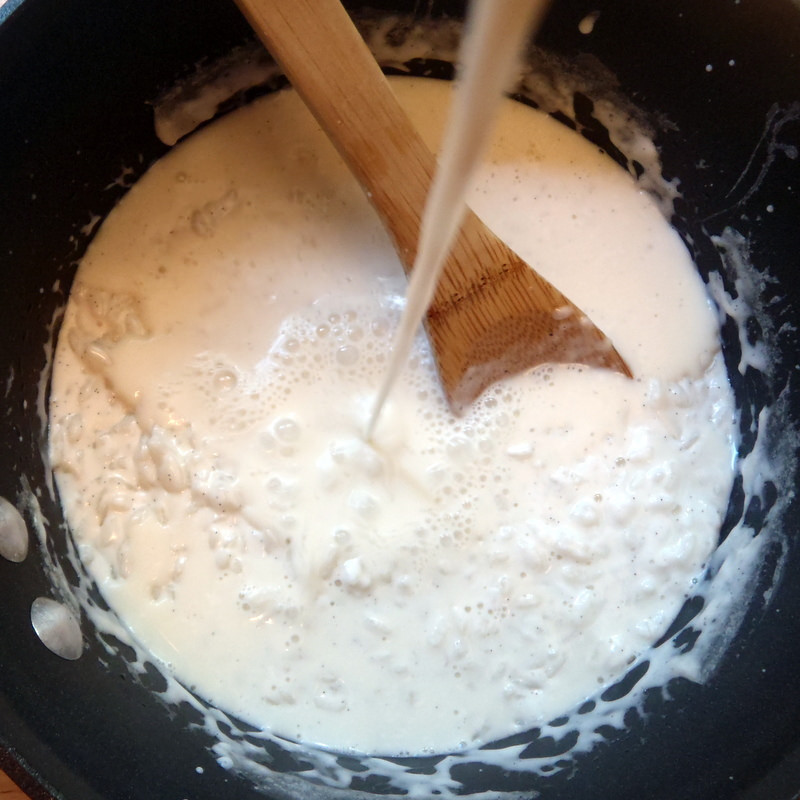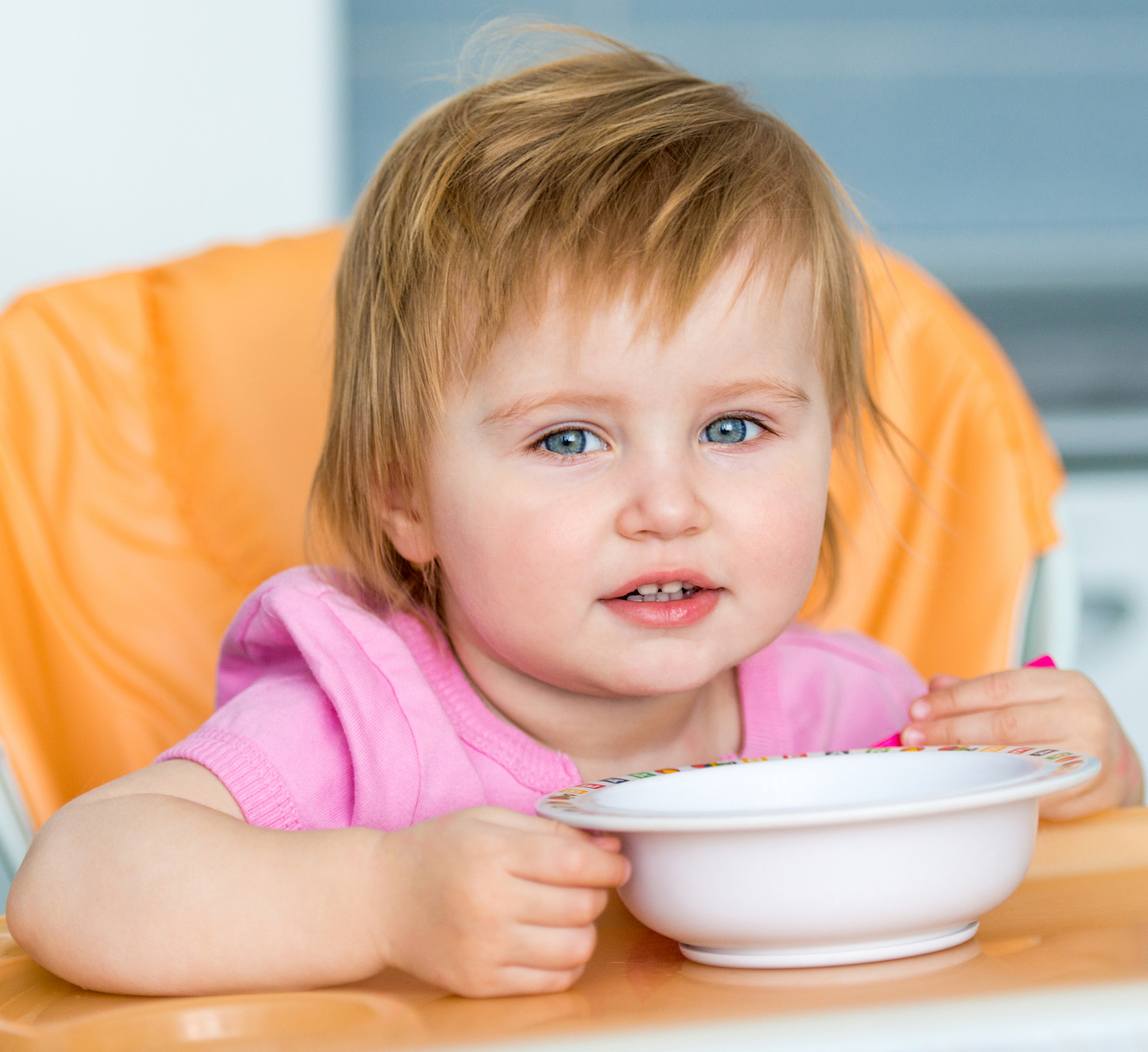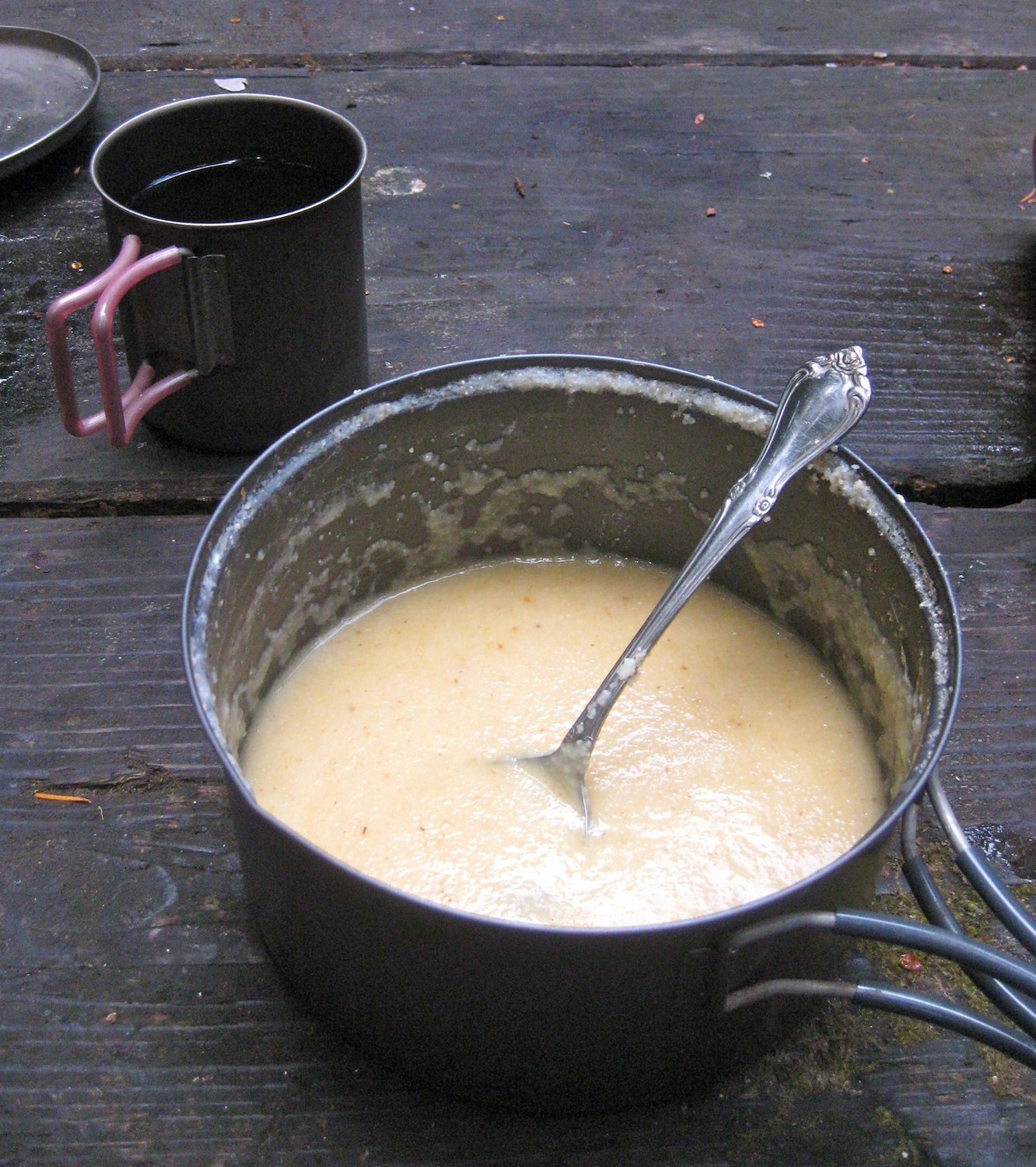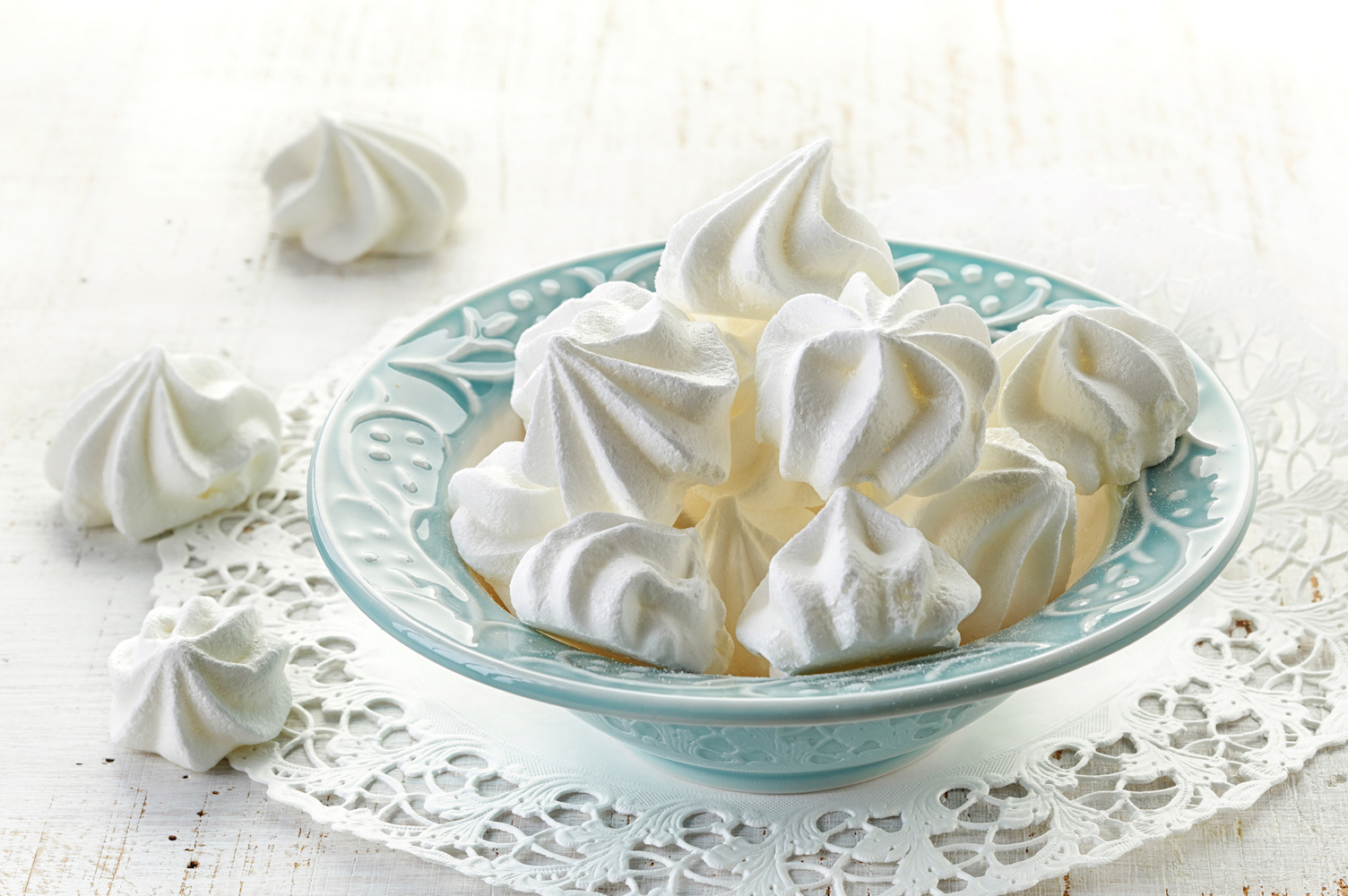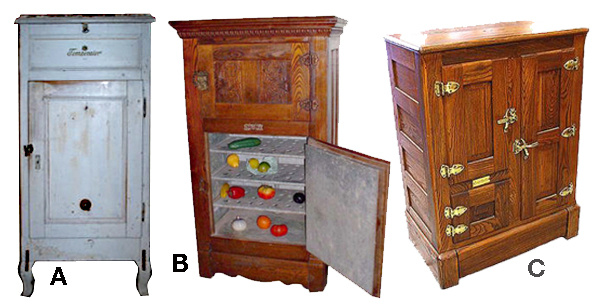Sandwiches Made from Fruit and Nuts
It took more time and work to make sandwiches in the 1800s. People often made their own bread but they could also buy it from markets and bakeries if they could afford it. However, it wasn’t until 1928 that bread was pre-sliced by machine. And although people sometimes used jelly and marmalade for sweet tasting sandwiches, they usually used dried or fresh fruit and nuts, which took more time to prepare. INFORMATION BELOW FROM 1800s COOKBOOKS Sandwiches that have fruit…
